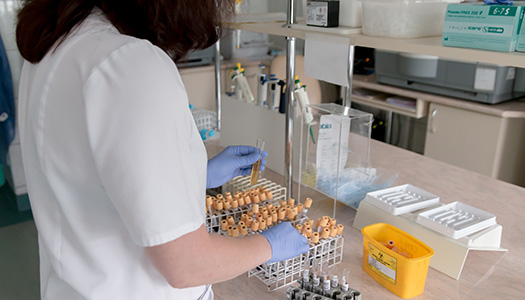What are varicose veins?
Veins can bulge with pools of blood when they fail to circulate the blood properly. These visible and bulging veins, called varicose veins, are more common in the legs and thighs, but can develop anywhere in the body.
Causes:
- Primary varicose veins occur because of congenitally defective valves, or without a known cause.
- Secondary varicose veins occur because of another condition, such as when a pregnant woman develops varicose veins
- swelling (inflammation) of a vein caused by a blood clot
- Standing for a long time and having increased pressure in the abdomen may make you more likely to develop varicose veins, or may make the condition worse.
- A blood clot that forms in a vein deep inside a part of the body. It mainly affects the large veins in the lower leg and thigh.
- Inflammation of a vein due to a blood clot in a vein located just below the skin’s surface
Symptoms:
- They protrude or bulge from under the skin and feel ropey
- The legs often ache and feel heavy and itchy
- Symptoms can intensify after a long day of standing the feet
- A person may have severe pain upon standing or even have cramps in the legs at night.
- Varicose veins can be more prominent or first appear during menstruation or pregnancy, and they may be more bothersome during these times
- Minor injuries to the area may bleed more than normal and/or take a long time to heal
- Brown discoloration of the skin and mild swelling at the ankles






